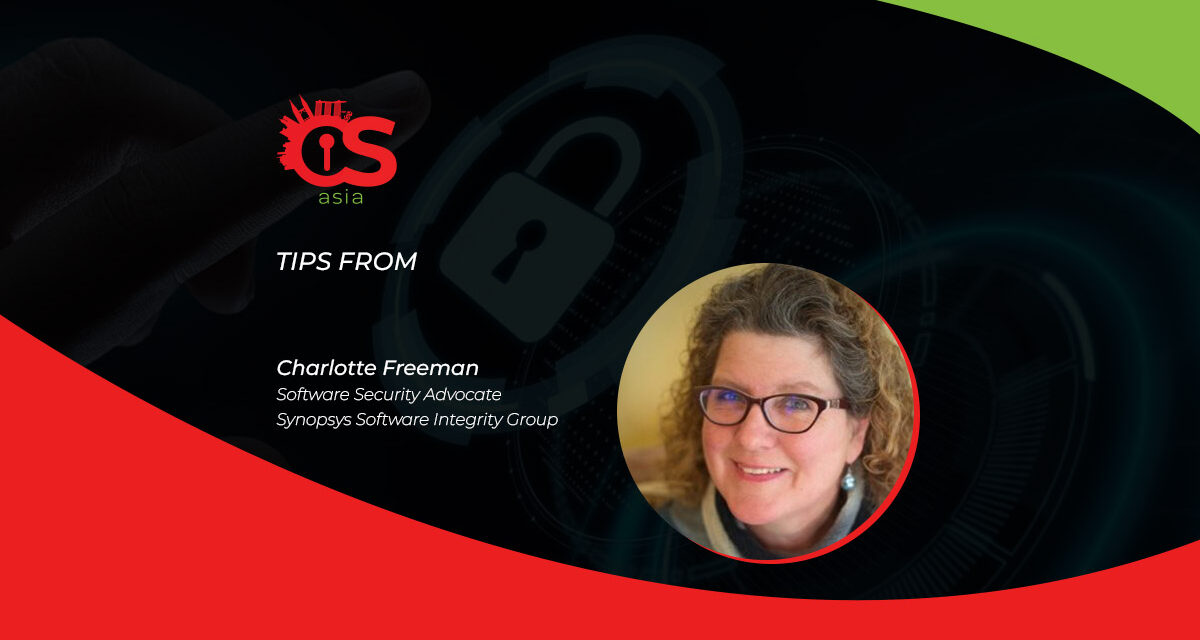Here is a refresher for development leads who labor under constant production pressures in the post-pandemic phase of digital transformation pressures
Technologies such as cloud computing, continuous integration/continuous deployment (CI/CD), microservices and APIs enable speed and agility in application development, but they also make it more complex.
More development means more projects, and also more pressure to accelerate releases to get revenue-generating software out to customers. More development also means more pressure to speed up the release cycles of the internal software.
Compounding this challenge is the growing complexity of the development, software supply chains, and DevOps pipelines to get this work done at velocity. When trying to achieve high velocity and throughput, different development teams choose different tools, setups, and methods: this can greatly increase complexity. Incorporating application security (AppSec) into these complex workflows can be challenging, and development teams may choose to disregard security in order to retain their pace.

So, the challenge is to keep development moving at speed while making sure that every single process involved is secure. How?
-
Tap into AppSec integration
This step can help keep development secure at the speed your business requires. It allows organizations to extract valuable security information at different stages in the development pipeline, and delivers risk insight directly to developers at those points. That makes it possible for developers to mitigate risks quickly without derailing workflows.AppSec integration involves automated processes that accelerate risk detection, prioritization and remediation while preventing issues from proliferating downstream, all without risking missing a software shipping deadline. Also, it facilitates static application security testing (SAST), software composition analysis (SCA), interactive application security testing (IAST), and dynamic application security testing (DAST) to capture and extract data from multiple sources, including development tools, code and binary repositories, version control systems, build systems, testing environments, and production environments.
This integration also allows organizations to run the right tests at the right time, and at the right depth, so security teams are not constrained to a single tool or testing protocol at a time. Rather, relevant tests run at various stages of the DevOps pipeline can mitigate pipeline congestion.
-
Establish automated security gates
This will allow organizations to establish automated security based on policies aligned to corporate risk tolerance thresholds. Development teams work with security teams to automate security across the software development life cycle (SDLC), accelerating risk detection and prioritization, and preventing issues from proliferating downstream.Because different security testing tools often have distinct capabilities and integration points, it is important to know which mechanisms each tool’s policies can support (e.g., testing based on pipeline activity, code changes, or risk metrics) and what automated action may be taken upon violation of such a policy (e.g., notification flows, break the build, automate patching). Many SAST, SCA, and IAST solutions can set policies that enforce the risk tolerance thresholds or activities required for compliance.
From development through production, these policies must be integrated with the tools and systems used by each contributor. It is also crucial to avoid creating regulations that are too permissive to be effective, or produce obtrusive noise and alarms, or are so restrictive that they apply to an irrelevantly small sample set of applications. Policies need to be aligned with each team’s success criteria while being centrally supervised by the security team to prevent any drift over time. Often, using a SaaS-based application security testing platform can allow centralized visibility and control over policies and risks across the full spectrum of projects and tests.
Automation can also help remove the issue of subjectivity from security. You do not want your security risk status to depend on an individual contributor’s subjective assessment of risk or vulnerability — those assessments should be standardized. Automating your systems makes your security more resilient in the face of inevitable changes in personnel, roles, and teams. By automating security policies, integrations free your security teams to solve larger systemic issues while ensuring that security checks will be taking place even when the team is unable to watch for events or review flagged items.
Integrating testing tools, developing contextual regulations, and automating remediation procedures are some of the best mechanisms for balancing efficacy and efficiency for security and DevOps teams. The success of these DevSecOps initiatives depends on centralizing high-quality risk data, maintaining thorough testing coverage suited for the software flowing through the pipeline, and building a scalable strategy.





















